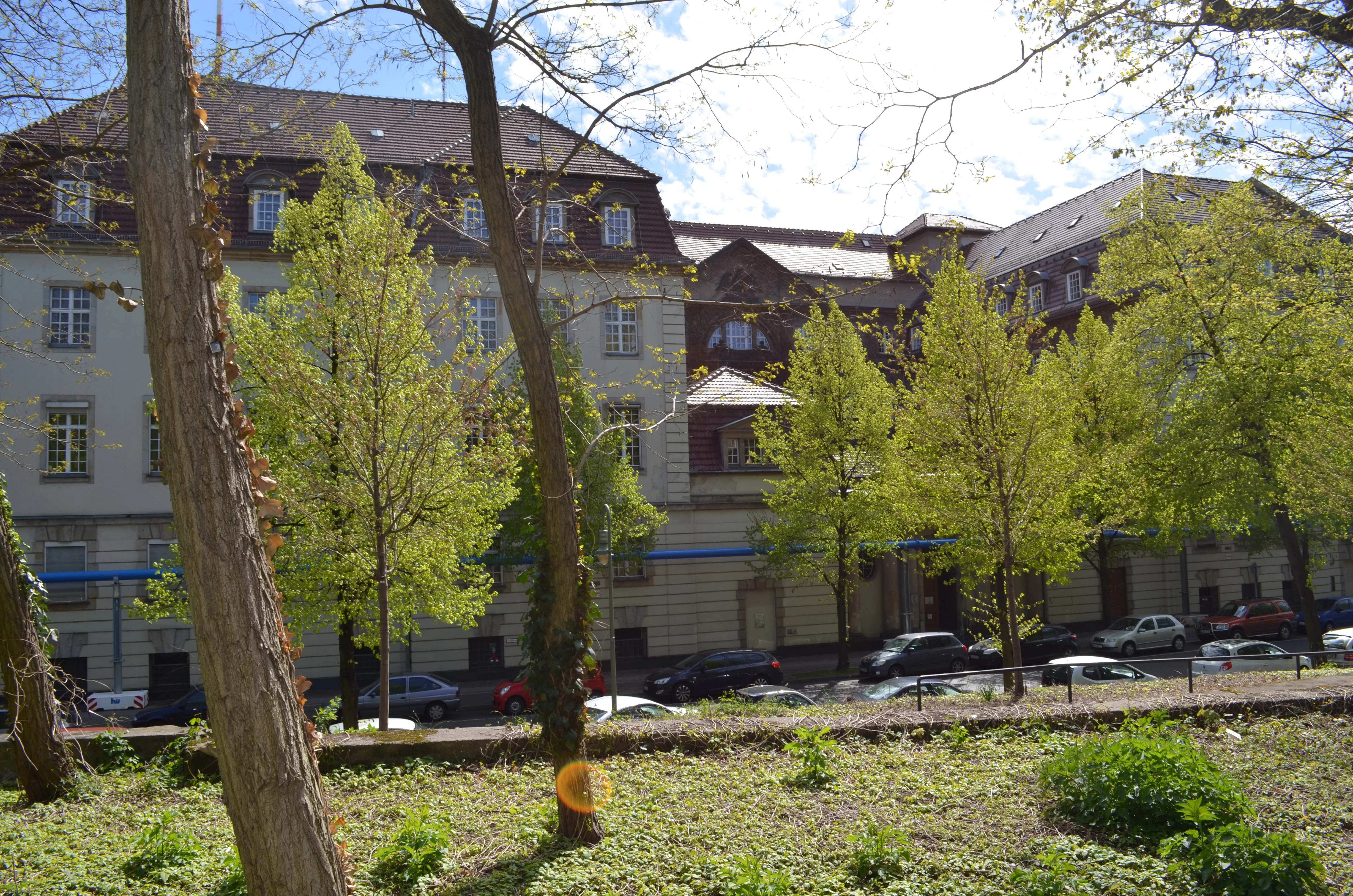Berlin’s Central Livestock- and Slaughterhouse - the Zentralvieh- und Schlachthof - was the largest of its kind in the city. It was originally conceived at the end of the 19th century as a remedy to the chaotic situation in Berlin’s livestock and slaughterhouse industry. In the 1870s, there were as many as 800 independent slaughterhouses in the city.
Memorial to Polish Soldiers and German Anti-Fascists
The Long Shadow of Aryanization
In 1933, Hermann Tietz & Co., one of the largest department store firms in Germany, was forcibly expropriated from its Jewish owners as part of the Nazi policy of Aryanization. It was renamed Hertie, and remained one of Germany's largest retailers until it was purchased in 1994. The heirs of Georg Karg, who took over the firm from its rightful owners in 1933, set up a foundation in his honor shortly after his death.
Berlin's Medieval City Wall
Berlin's Medieval Wall was constructed around 1250, and was only around 6 feet high. It was built because the relatively new city (the first permanent settlement began sometime in the late 1100s) needed a way to defend itself. There aren't any hills in the area on which to build a fortress, so the best that the people at the time could do was throw together whatever stones and bricks they could find.
The Future of Urban Innovation
I’ll be attending this week here in Berlin called “Future of Innovation Laboratories and Urban Innovation Strategies.” The idea is to find solutions to the world's most pressing urban problems. Will it succeed? Certainly not definitively, but hopefully I'll gain some interesting insight as to how policymakers are thinking about some of the most pressing issues of the 21st century.
Where's Berlin's Venture Capital?
One of the aspects that makes Silicon Valley, Silicon Valley – ok, maybe THE aspect that makes it what it is, is the huge amount of venture capital that entrepreneurs have access to. In the second quarter of 2014 – the second quarter – venture capital firms invested $7.1 billion in SV startups. Say what you will about possible bubbles, and overheated investment climates, but that number is what makes Silicon Valley the tech world’s equivalent of the Amazon Jungle: a lush, fertile environment that supports an almost unlimited number of creatures.
Berlin’s growing startup scene does not feature quite as much money.







